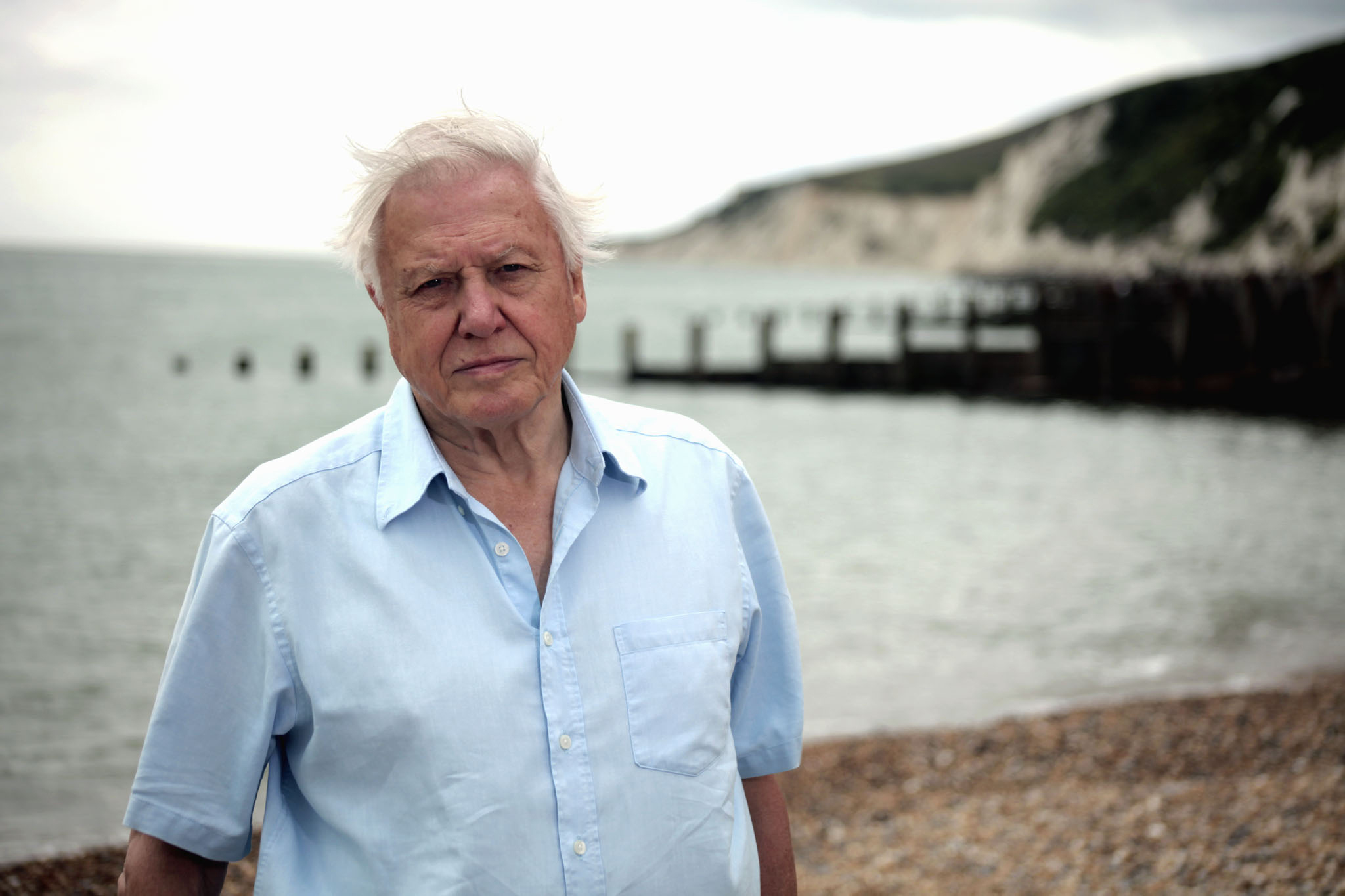Like many otherwise decent ratepayers, I had to be sedated heavily after reading that watching nature documentaries on the television reduces stress levels.
I haven’t watched one this century, the last being a disturbing affair that revelled in the sight of a calf being separated from its mother and hunted by wild dogs, who terrorised it for an hour before eating it alive.
It was the last straw for me, as I’d noticed these programmes had been taken over by those who salivate at the idea of nature red in tooth and claw, people who should be under 24-hour police surveillance.
It’s such people’s boastfulness at being realistic and more adult than normal people that irritates me.
At the same time, I’m not a sentimentalist about animals myself, perceiving many of them to be dense and ill-mannered, and I’ve no qualms in calling for wild dogs, hyenas etcetera to be removed from the demesnes of decent animals.
They are ghastly beasts, fit only to be the pets of Orcs. They contribute nothing to the food chain, other than eating it.
Back in the time of that awful, stressful television programme, scenes of cruelty had become the vogue, and nature documentaries had become like the Roman Amphitheatre, entertainment for neds and weirdos.
The fact that I’ve not watched one for so long shows you that, when I set myself not to do something, I do not do it with alacrity.
It also highlights my attitude towards nature, which is, to wit, that it is frankly not good enough.
And without humankind to improve it, it would be even worse. Any minor mistakes we make, such as global warming, are purely accidental and should be blamed on previous generations, the Chinese and so forth.
Because something is real or natural does not make it right – otherwise we needn’t bother fighting bacteria and other horrors.
Ethically speaking, nature is deplorable and should be arrested (it is already under 24-hour surveillance).
The worst crimes, in my book, are those of the strong against the weaker: humans against animals; men against women; adults against children; adult animals against baby animals; and most men (and not a few women) against me.
It would be fine if nature documentaries left us with a sense of awe about mountains, ice and whatnot, or filled us with aesthetic delight at plants. Perhaps they’ve changed since I last watched one, with the sadists of the day having been ousted by more responsible programme makers.
It all reminds me somewhat of crime dramas, which used to be decent affairs, in which the victim had been accidentally killed in the drawing room by a blow to the head with a candlestick after a heated argument about doilies.
Now they’re full of appalling tortures, usually of women, particularly if the programmes are Scandinavian. I’ve been interested in Scandinavia since long before the current vogue, and have come to deplore the pathetic sadism of “Nordic noir”.
I’m sure some people’s idea of relaxing entertainment would be to watch a TV show about a calf being eaten alive in a Stockholm basement by a man in a mask and his pet hyena.
But it is not mine and, enthusiastically, with a will of iron, I will continue not to watch such programmes.










